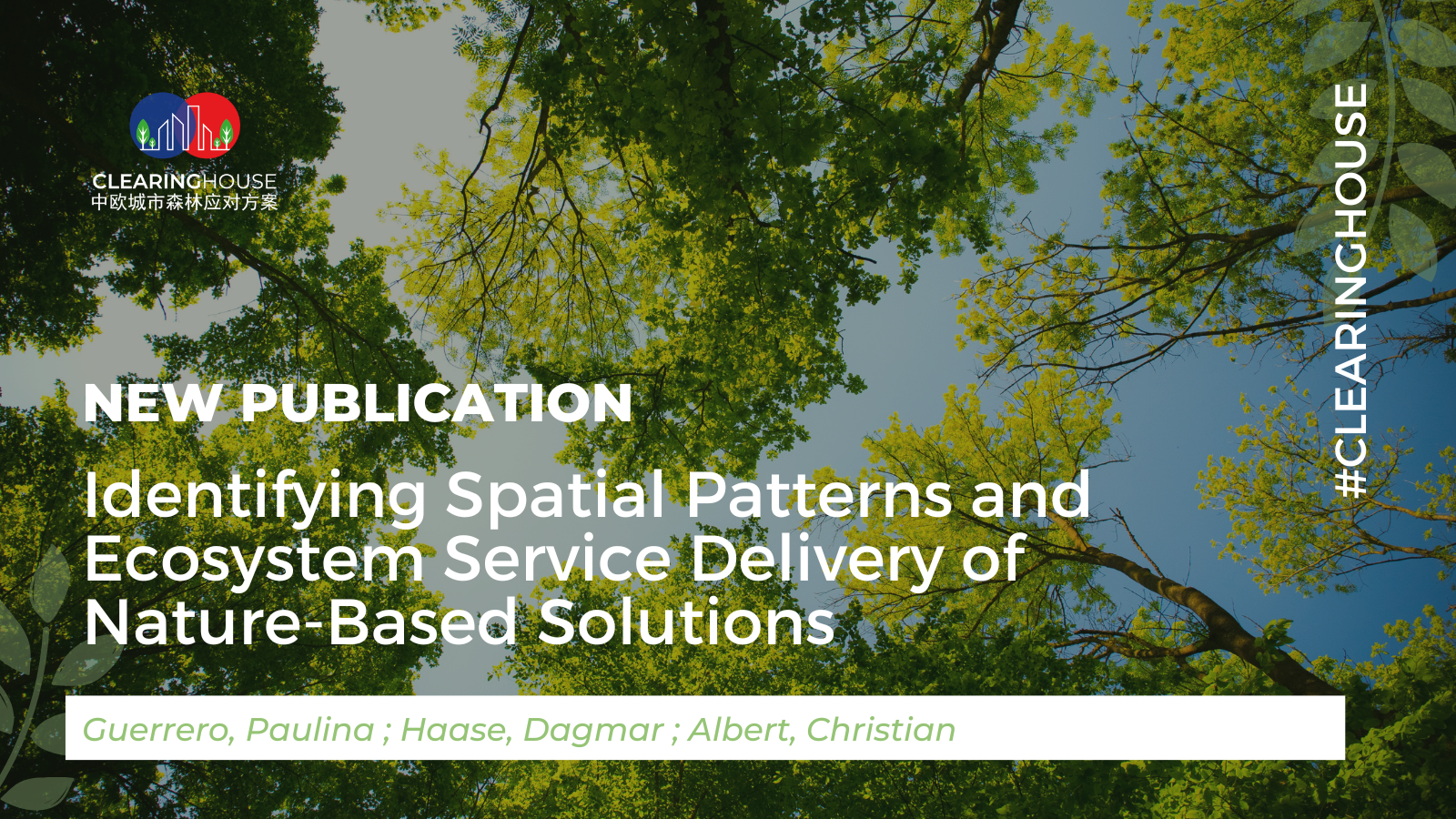
Identifying Spatial Patterns and Ecosystem Service Delivery of Nature-Based Solutions
How can spatial patterns and ecosystem service delivery of Nature-Based Solutions be identified? Guerrero Paulina, Haase Dagmar and Albert Christian have tried to answer that question in one of their latest papers.
Rivers have sometimes been referred to as our planet’s bloodlines. We depend on them for the well-being of our ecosystems and our societies since they are the sources of innumerable ecosystem services, such as clean drinking water, climate regulation and outlets for recreational opportunities. Unfortunately, rivers and their floodplains throughout the world are continually facing intense and multiple pressures including contamination, over-consumption of water and biodiversity loss which is only expected to escalate in the coming years.
Technical infrastructure-based water-management measures, such as large dams, canalization and levees, often exacerbate the problems they were meant to solve. They often create undesirable side effects and result in negative consequences for the local ecosystem and communities. On the contrary, nature-based solutions (NBS) strive to work with nature to address societal challenges and thus seem to be the way forwards.
This research aims to spatially identify possible NBS areas and evaluate the areas’ capacity to provide selected ecosystem services for the Lahn River landscape in Germany. The research follows the functional landscape approach using hydromorphological landscape units (HLU) based on specific biophysical spatial criteria, such as slope, to then identify locations which may be considered suitable for NBS. The three ecosystem services assessed are carbon storage, nutrient retention and recreation.
Using a geospatial comparison, this study then analysis the spatial relationships and patterns that emerge in regards to the ecosystem services configuration of the distinct NBS appropriate areas. As a result, the data depicts a distinct spatial pattern for each possible NBS space and complementary ecosystem services delivery. This explorative method is a useful spatial approach that can support NBS implementation and serve to investigate the multiple benefits NBS provide.
Read the full article here
